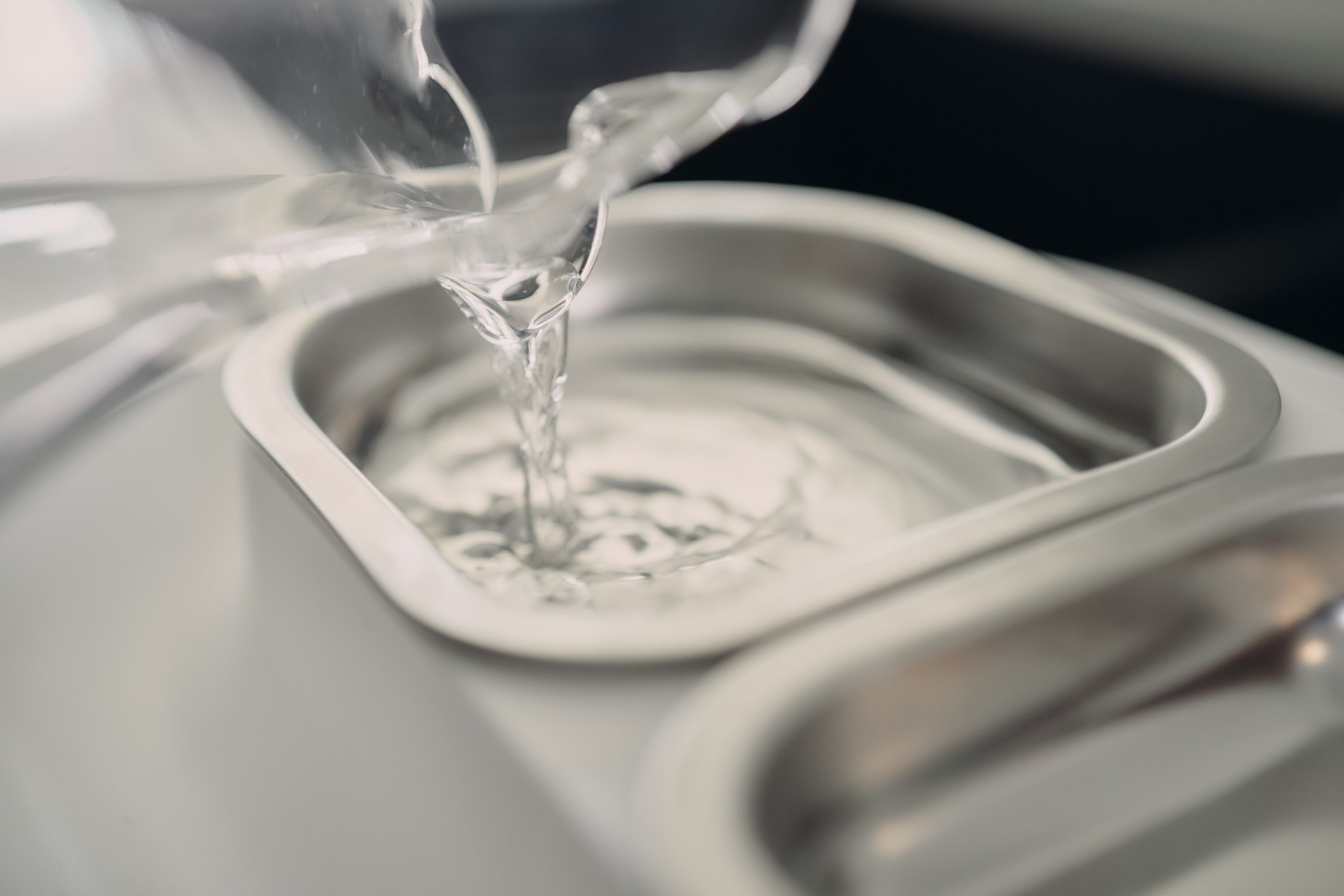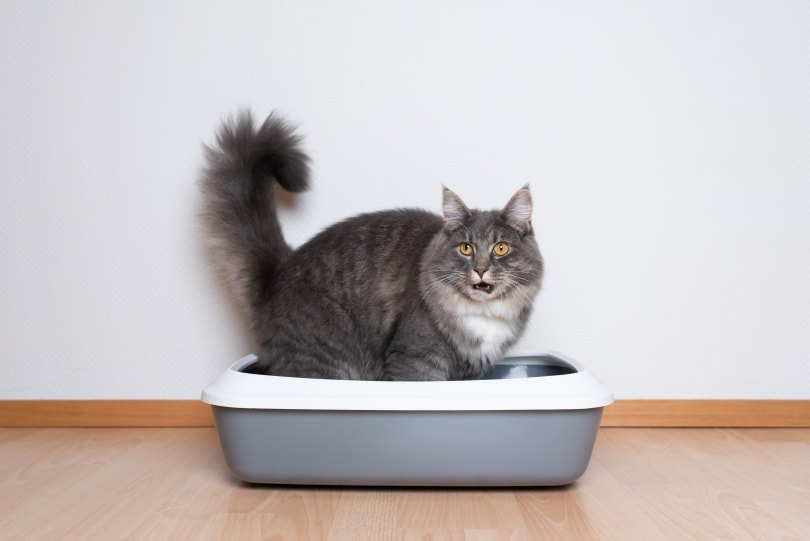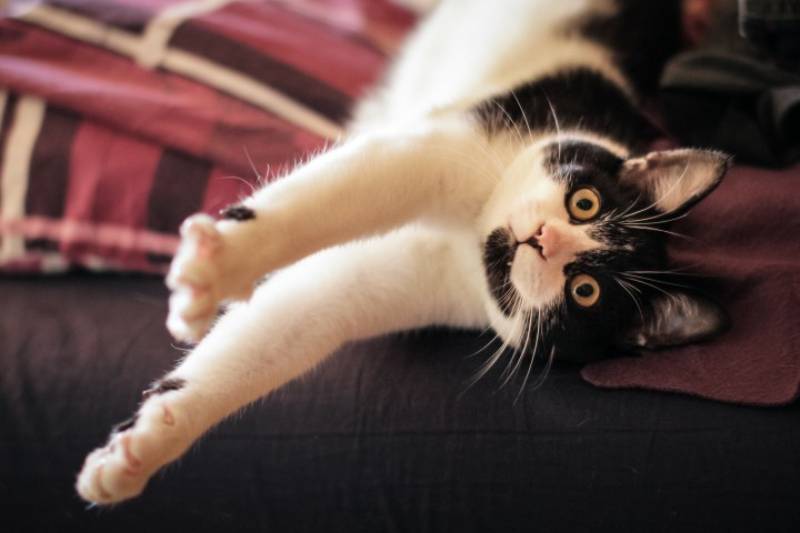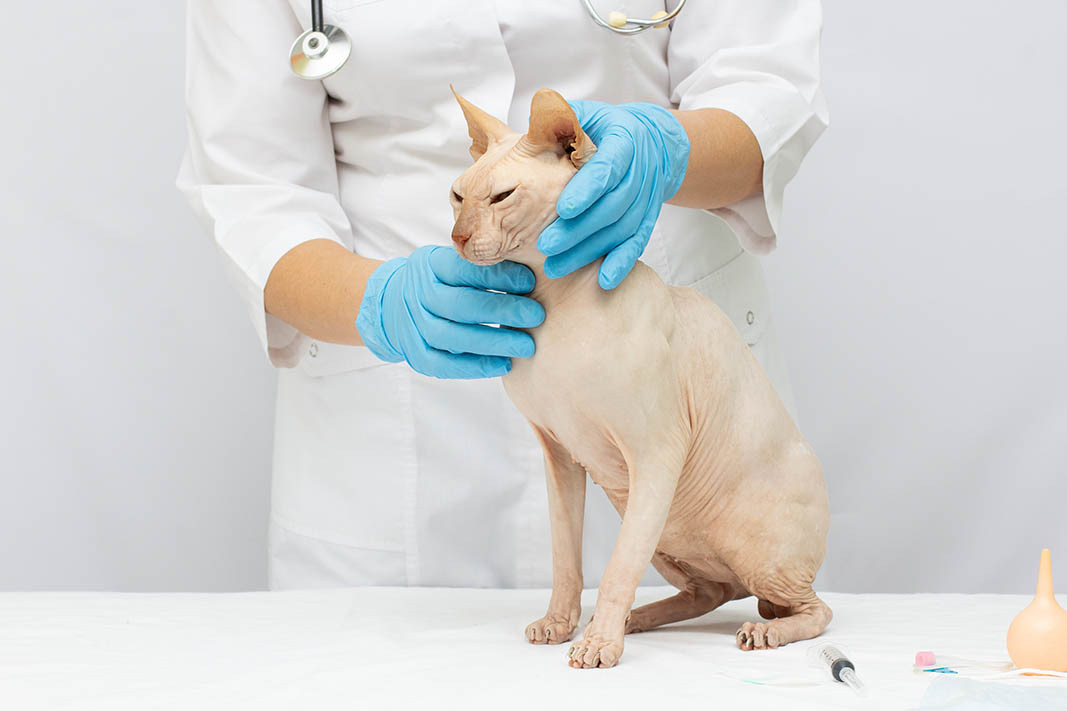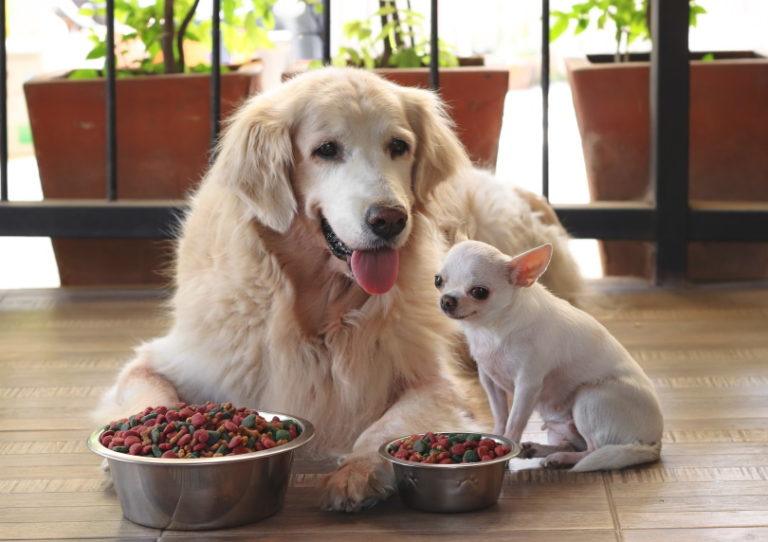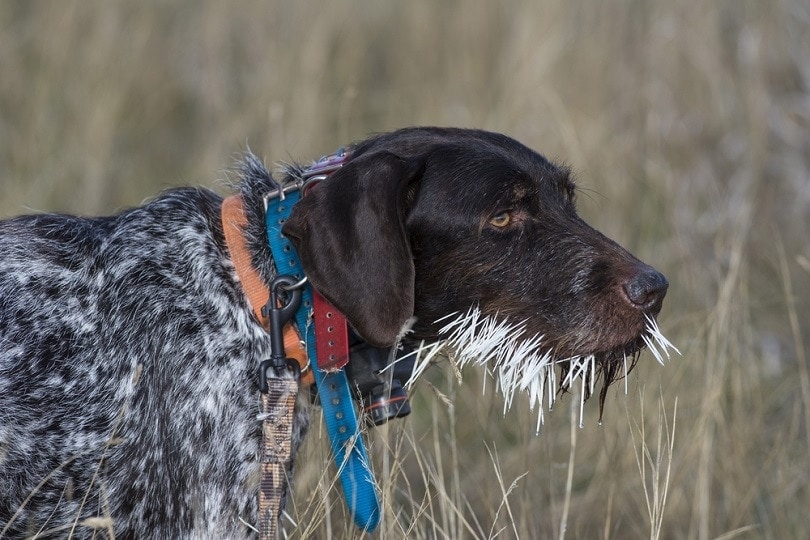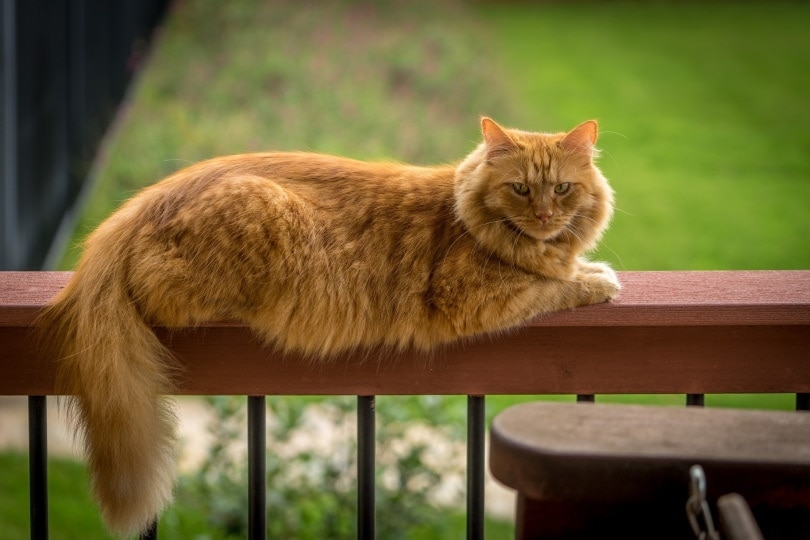How to Tell If It’s Time to Change Your Cat’s Food? Vet-Approved Signs & Tips

Updated on
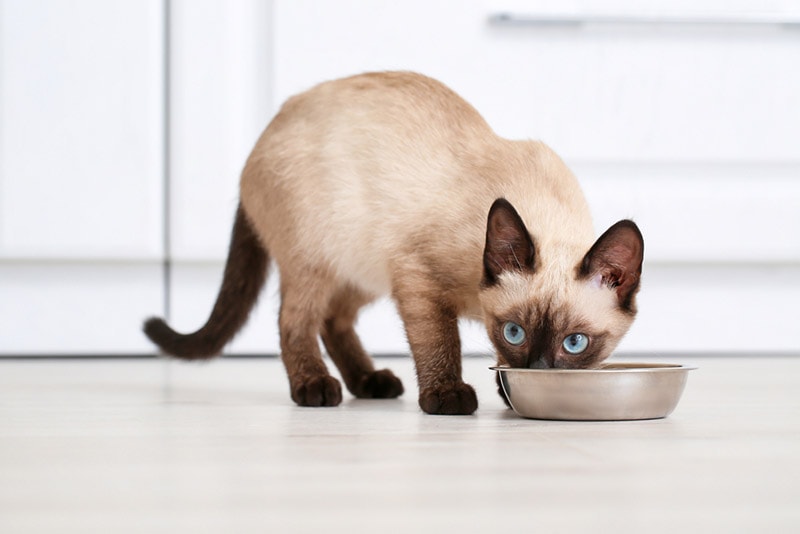
Cats are creatures of habit; unlike us, they are generally content to eat the same food daily. However, cats go through nutritional changes, and there may come a time when it’s necessary to change its food to ensure your cat stays healthy and energized. Your cat may be a picky eater or has developed an allergy to one of the ingredients in its regular food. A loss of appetite can be caused by various conditions, but if your pet barely touches its meals, it may be time to change its food.
Is It Okay to Change Your Cat’s Food?
In most cases, changing your cat’s food is okay, and your cat will most likely be happy. However, the new food should be well-balanced, nutritious, and suitable for your cat’s life stage and health. Of course, your cat will also need to enjoy it. If your cat is on a diet recommended by your vet, you will need to consult them again to ensure it’s safe to switch their food.
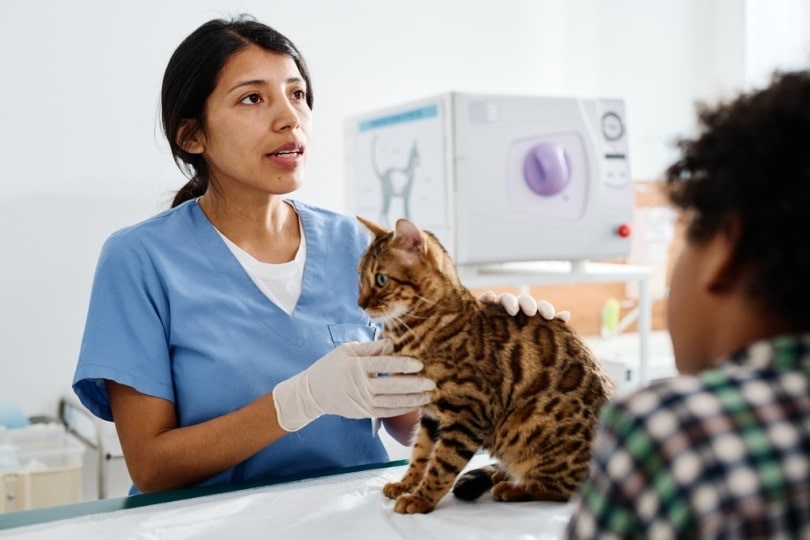
How to Tell It’s Time to Change Your Cats Food
- Veterinarian recommendation
- You want to provide higher quality food for your kitty
- Your cat is going through a new life stage
- Perhaps your cat’s current food has been recalled
- Your cat is a picky eater
Sometimes, your cat will need a new diet and show signs that it’s time for a change. Here are the typical signs to watch out for:
Weakness or Lethargy
Lethargy or weakness can mean a few things, so it is always best to consult your veterinarian if your cat appears weak. If your cat’s food is no longer appealing, it may become lethargic because it hasn’t eaten enough. After your pet is examined by the vet, they can determine if your cat’s behavior is unrelated to a health issue or if it’s suffering from sore gums or hairballs.
Dull Coat
The health of a cat’s coat is greatly influenced by nutrition, which includes components that build the body, such as proteins, lipids, vitamins, and minerals that all work together. Essential fatty acids play a crucial role in maintaining healthy skin and healthy coats in cats, so most high-quality cat food foods will include essential fatty acids.
If your cat’s coat is not looking as shiny and healthy as usual, it could indicate it needs a new diet rich in omega-3 and omega-6 fatty acids or even a supplement.
Poor nutrition is usually the top cause of a dull coat, but it can be a sign of an ill cat1, so again, it is always important to check with your veterinarian.
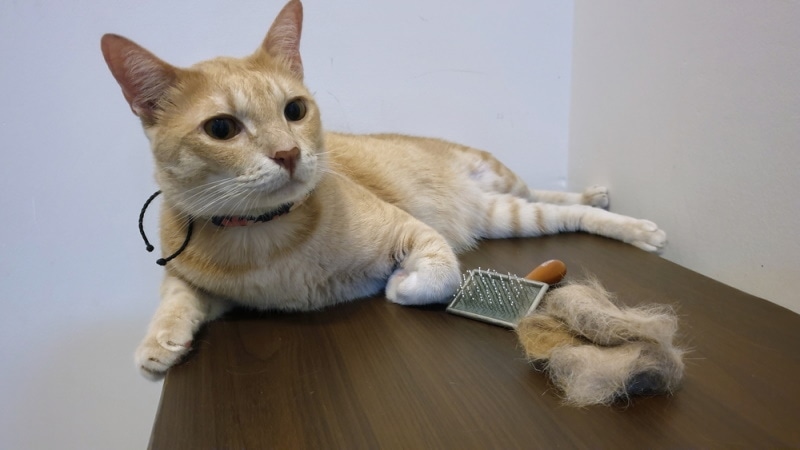
Stomach Issues
Persistent flatulence, watery feces, or growly stomachs can be caused by food intolerance or the low quality of the food. Consult your veterinarian if your cat has gastric problems. Switching to premium cat food or a sensitive-stomach diet suitable for your pet could address the issue quickly and easily.
Allergies
There are other possible reasons for pet allergies other than their food, which are very common. However, regardless of the source, allergic pets may benefit from a low-allergen diet that reduces their exposure to potential allergens.
- Sneezing
- Itchy skin
- Itchy and runny eyes
- Vomiting
- Diarrhea
Weight Gain
It’s not hard for a cat to gain weight, especially if it is not being fed a well-balanced diet or if it is not being fed the correct portions. If your cat is gaining weight, you may need to cut down on the treats and portion its food accordingly.
Your vet can help guide you in deciding on a new diet for your cat and may suggest a new food that is specifically designed for weight loss, along with more exercise and playtime.
Age
Your cat’s age and stage of life are also significant factors in whether it’s time to change to an age-appropriate food. Your kitten will become an adult at about 12 months when you will need to change from kitten food to adult food.
If your cat is reaching its senior years, some tell-tale signs 2 are decreased mobility, changes in temperament, and a drop in appetite. When it’s around 11 years old, your cat is considered a senior and will require a diet that is formulated for senior cats.
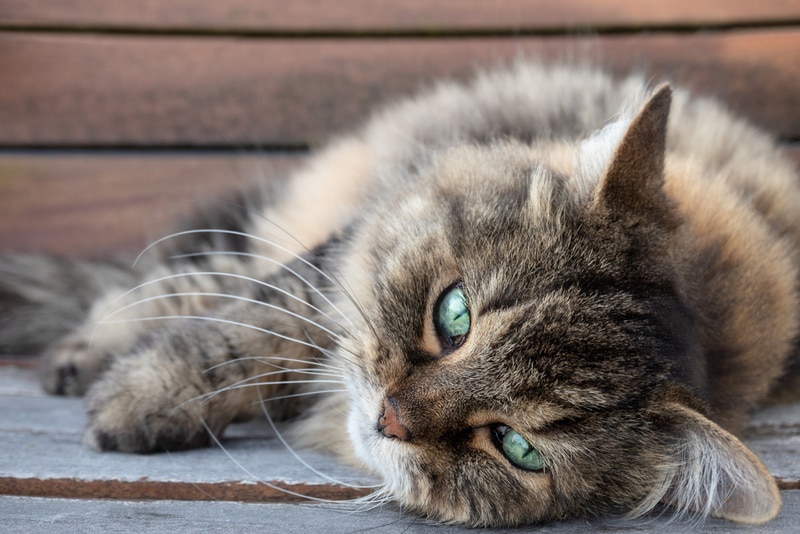
How to Safely Transition Your Cats Food
Whatever the reason for changing your cat’s food, the best approach is to transition gradually to the new brand unless, of course, you have been advised not to do so by your veterinarian.
You can start with a small amount and gradually increase the amount of new food while decreasing the old food over 7–14 days. The process might even take several weeks for cats who are particularly picky eaters. By changing your cat’s food gradually, you allow some time for your cat to get used to the new food, which will be helpful on their stomachs and their taste buds.
- Day 1–3: 75% old food, 25% new food
- Day 4–6: 50% old food, 50% new food
- Day 7–9: 75% old food, 25% new food
- Day 10: 100% new food
- Create a quiet and private eating area. Your cat will be more comfortable in an area that is quiet with no perceived threats.
- If you are changing your cat’s kibble, consider adding some wet food to it to make it more appetizing and enticing.
- If your cat’s food is kept in the fridge, consider warming it up. Warm food is much more appealing and similar to the temperature of its prey.
- Try hand feeding. It can significantly change how your cat interacts with food.
Remember to pay attention to your cat’s behavior and monitor it for any adverse effects, such as stomach issues. Stop the new food and chat with your vet if something seems off.
While providing our feline companions with high-quality food is paramount, selecting the right food and water bowl is equally important. The modern yet practical design of our Hepper NomNom Cat Bowl combines cat-catered features, like whisker-friendly shallow dishes and slight elevation, with a contemporary style aimed at protecting your floors from messy eating and drinking. The NomNom is entirely dishwasher safe and was thoughtfully created with your cat’s health and well-being in mind.
Conclusion
Any sign that your cat may need to change its food is also a reason to see your vet. The effects of an inadequate diet include lethargy, weight gain, stomach issues, allergies, and poor coat health. While it may be something as simple as changing its food, it may also mean your cat is ill. Either way, it is always best to visit your veterinarian so that they can help assess your cat’s health and guide you in the right direction for a food change.
- Related Read: Signs That Cat Food Has Gone Bad
Featured Image Credit: Pixel-Shot, Shutterstock





